Many rambutan farmers in Tra On district said that due to the impact of the weather, this year's rambutan yield has decreased, but in return, their income is quite good thanks to the sharp increase in rambutan prices, especially in gardens with late harvests.
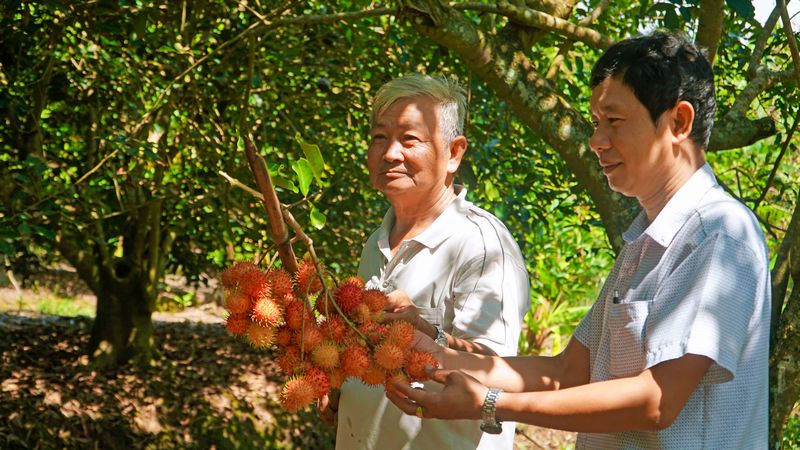 |
| Mr. Vo Van Be's rambutan garden of more than 10 hectares (Tich Thien commune, Tra On district) has significantly decreased compared to last year's harvest due to the impact of weather conditions. |
In Tich Thien commune (Tra On district), rambutan trees have long taken root on the alluvial land in Tich Phuoc and Tich Khanh hamlets. This year, most of the gardeners here follow the favorable season, some households have even planted in separate seasons to bear fruit almost all year round, except for the peak months of the off-season (July-October of the lunar calendar).
However, this year's rambutan crop had unfavorable weather conditions, especially the southerly winds that appeared during the flowering stage, causing low fruit set rates and reduced yields. However, this year's rambutan crop "made up for it" thanks to the selling price being nearly double that of last year, especially for rambutan orchards with late harvests, helping gardeners somewhat ease their worries about reduced yields.
Mr. Nguyen Van Ut (Tich Thien commune) said that the rambutan crop was flowering when it encountered a southerly wind (around March of the lunar calendar), causing a lot of humidity, so the ability to bear fruit decreased, causing this year's harvest to be 1-2 months late compared to previous years. The yield decreased, averaging only 1-1.7 tons/cong, down 15-30%, even up to 60% in some gardens (in favorable weather, rambutan can yield 2-2.5 tons/cong).
However, in recent months, due to the scarcity of supply, rambutan prices have increased sharply. Currently, the average price at the garden is 14,000-15,000 VND/kg, nearly double the same period last year. After deducting production costs and hiring harvest workers (about 5,000 VND/kg), farmers still make a profit.
At the Java Rambutan Cooperative in Tan Khanh (Tich Thien commune), with 24 members, the total area is 24 hectares, of which 10 hectares are granted a growing area code. Rambutan at the Cooperative is grown according to VietGAP standards, the technique produces fruit almost all year round. The current selling price is from 15,000-20,000 VND/kg depending on the time and quality of the fruit.
“The high selling price is due to the low rambutan output this year and limited supply. However, the cooperative's planting in different seasons also depends greatly on the weather and consumption capacity. Without a stable contract with a purchasing enterprise, we still have to sell to traders, making it difficult to control the price,” said Mr. Vo Van Be, Chairman of the Board of Directors and Director of the cooperative.
In addition to the Java variety, for about 3 years now, some members of the cooperative have been planting the Tien Cuong rambutan variety. This variety has the advantage of being seedless, dry, and slightly sweet, and is popular in the market. "This season, I have Tien Cuong trees that are yielding about 100 kg/tree, the selling price is 60,000 VND/kg, the profit is quite good, in the near future I will research and expand it for members" - Mr. Be added.
According to Mr. Be, the cooperative currently consumes mainly through domestic traders, and output is still limited. “We hope to be able to sign contracts with export trading companies. If there are long-term contracts, prices will be more guaranteed, and farmers will be more proactive in production,” he shared.
Although rambutan prices are currently quite good, Mr. Be believes that gardeners should not be complacent. “Early season prices are usually high but can easily cool down, especially when entering the fruit season in neighboring provinces. This season is later than every year, so it is expected to last until after the 5th of the 5th lunar month, instead of ending early like previous years. It is expected that local rambutans will be in full bloom at the same time as other fruits are harvested, so there is a high possibility of conflicting prices and flooding the market,” Mr. Be said.
In recent times, the Java Rambutan Cooperative in Tan Khanh has also coordinated with specialized units to organize many technical training courses for members, focusing on the process of cultivation, care, off-season flowering and improving product quality. However, for sustainable development, the Cooperative hopes to have support in connecting markets, especially creating a bridge to bring products to modern consumption channels. Only then can rambutan growers feel secure in cultivating and developing long-term.
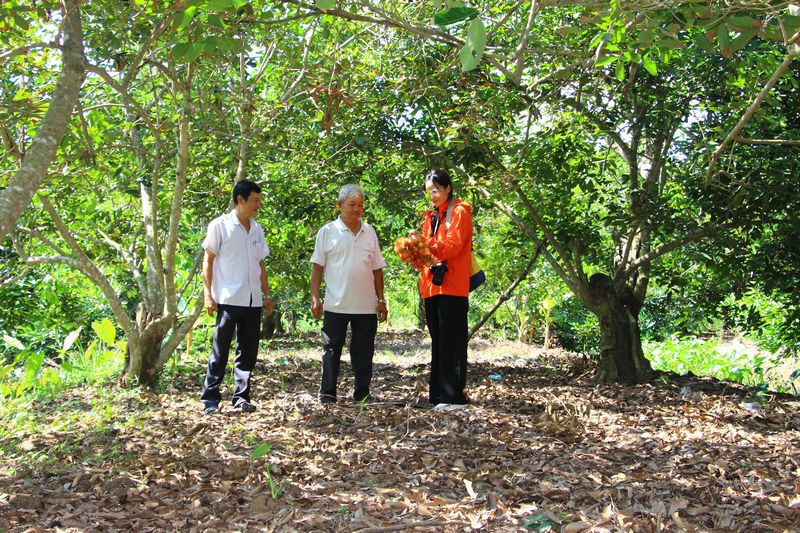 |
| undefined |
According to the People's Committee of Tich Thien commune, the whole commune currently has 1,597 hectares of agricultural land, of which fruit trees account for the majority, rambutan alone has 97 hectares, concentrated mainly in Tich Khanh B hamlet. Rambutan trees are mainly grown of the Java variety, in which most of the area follows the favorable season, harvested from February to May of the lunar calendar. Some households proactively handle flowering and fruiting in the remaining months, except for the peak off-season (July to October of the lunar calendar).
Mr. Le Van Thong - Chairman of the Farmers' Association of Tich Thien Commune (Tra On District), said: Thanks to favorable soil conditions, the rambutan growing area of the commune often gives high productivity, delicious and stable fruit quality. Currently, many areas have been produced according to VietGAP process, meeting the requirements of food hygiene and safety. However, the output for rambutan is still unstable because it is mainly consumed through traders, there is no sustainable chain from production to distribution.
| According to the Department of Agriculture and Environment of Tra On district: To support the output of agricultural products, the district coordinates to introduce the district's agricultural products (rambutan, durian, rice, oranges...) to the Vinh Long agricultural product trading floor. In the coming time, the district will continue to propagate and recommend people to develop farming systems suitable for local production zones; form large-scale concentrated production areas, adapt to climate change; focus on developing trees with high economic value such as rambutan, durian, longan... |
Article and photos: SONG THAO
Source: https://baovinhlong.com.vn/kinh-te/nong-nghiep/202506/loi-nhuan-khanho-chom-chom-vu-tre-9fd0250/




![[Photo] Prime Minister Pham Minh Chinh launched a peak emulation campaign to achieve achievements in celebration of the 14th National Party Congress](https://vphoto.vietnam.vn/thumb/1200x675/vietnam/resource/IMAGE/2025/10/5/8869ec5cdbc740f58fbf2ae73f065076)


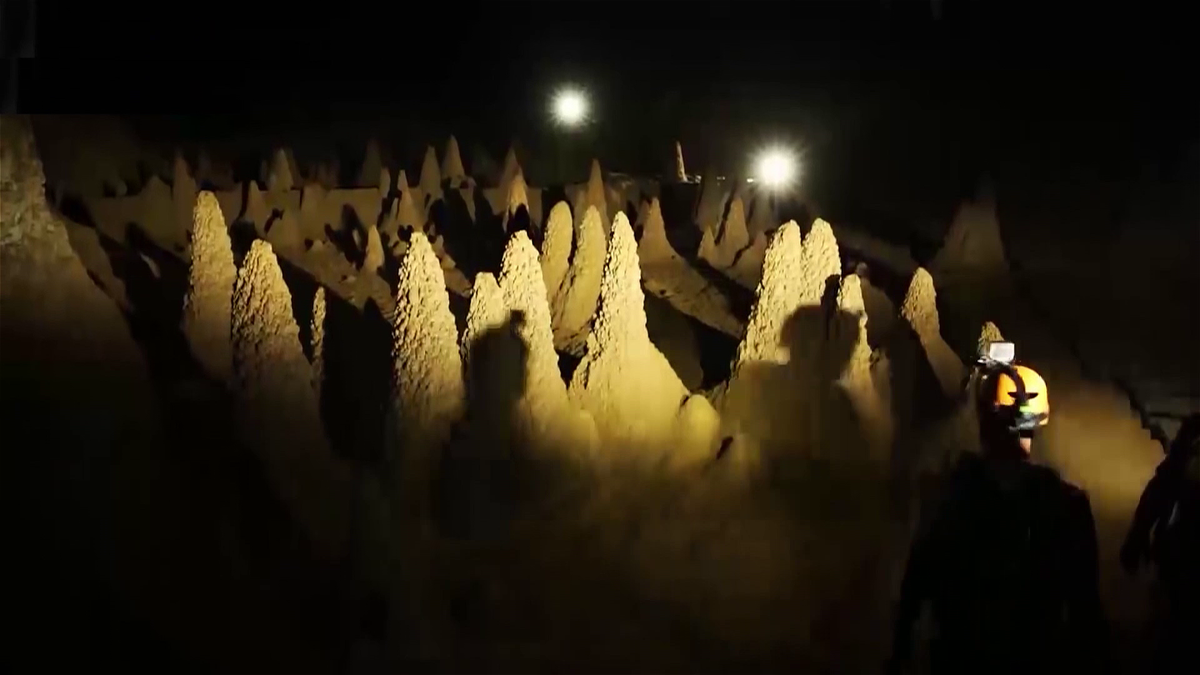
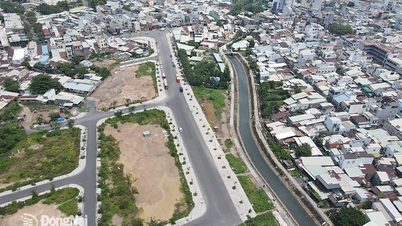



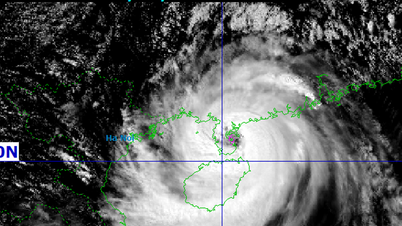


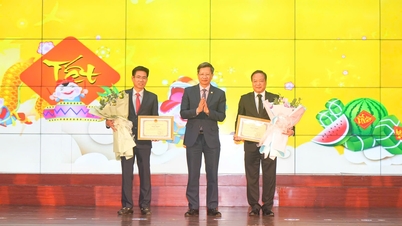
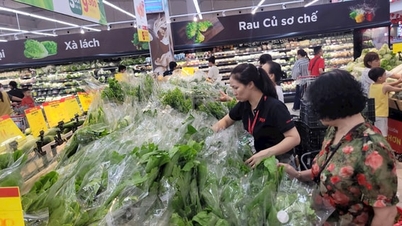






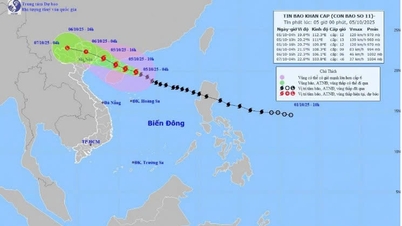


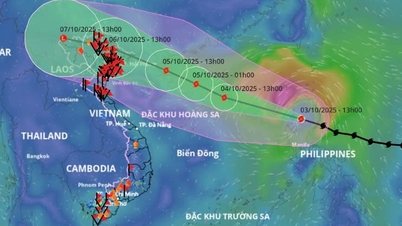

![[Photo] Bustling Mid-Autumn Festival at the Museum of Ethnology](https://vphoto.vietnam.vn/thumb/1200x675/vietnam/resource/IMAGE/2025/10/4/da8d5927734d4ca58e3eced14bc435a3)



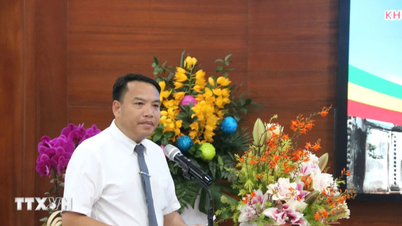

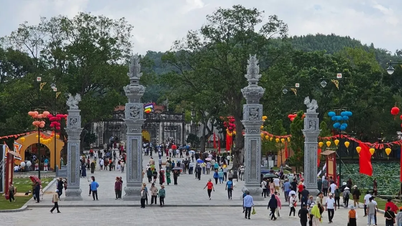

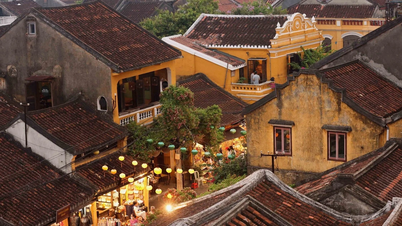






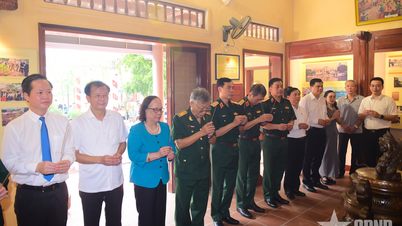











![[VIDEO] Summary of Petrovietnam's 50th Anniversary Ceremony](https://vphoto.vietnam.vn/thumb/402x226/vietnam/resource/IMAGE/2025/10/4/abe133bdb8114793a16d4fe3e5bd0f12)
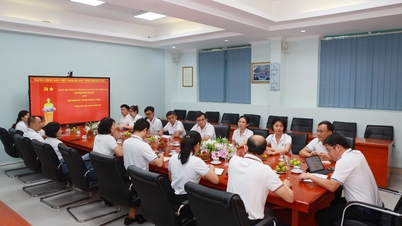
![[VIDEO] GENERAL SECRETARY TO LAM AWARDS PETROVIETNAM 8 GOLDEN WORDS: "PIONEER - EXCELLENT - SUSTAINABLE - GLOBAL"](https://vphoto.vietnam.vn/thumb/402x226/vietnam/resource/IMAGE/2025/7/23/c2fdb48863e846cfa9fb8e6ea9cf44e7)




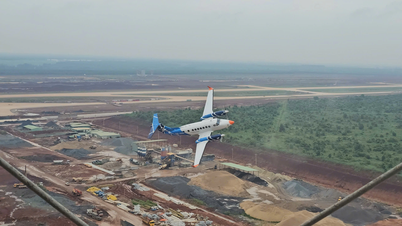







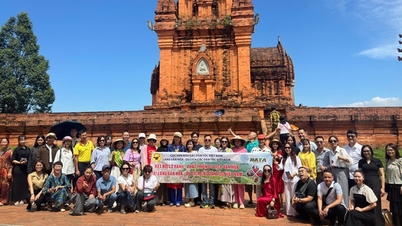
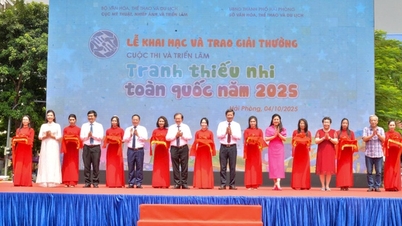







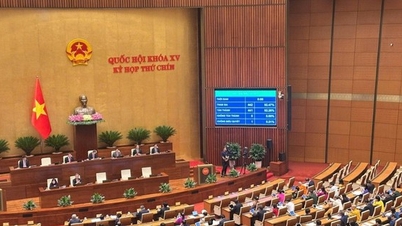










Comment (0)